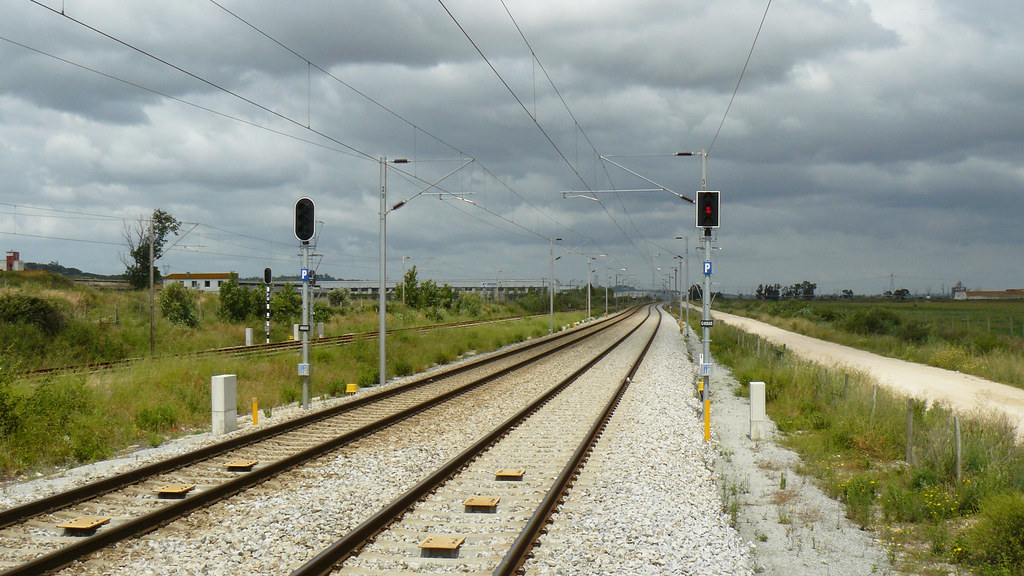When you travel to other countries, the signalling system always seems to look over complicated, well compared to the UK, where it is (in simple terms) straight forward......
G - DY - SY - R. and two whites for a shunt / calling on
Agreed. I guess you have to look at colour light systems, such as in Germany as just semaphores, but without the arms. until I understood German, i thought a yellow and a green showing was their version of a double yellow. I then found out it was showing a restriction over a point movement. (We would have a junction indicator here in the UK), and IIRC a 40 kmh limit over the point. Over the years bits have been added to, such a lit speed limits, white showing it applies now, yellow at the next signal, plus flashing aspects. I was trying to explain it to one person and said, we in the UK, it's almost speed based, but over in Germany it's route based. Mind I do like how their lit departure signal ZP9 is a green circle, ie the same as departure bat waved by a platform dispatcher/guard, while ours is a RA light.
I don't know Belgian signals, so cannot comment, but in Germany a distant is two yellows. Or yellow and green if the next signal is HP2, route change at next signal.



